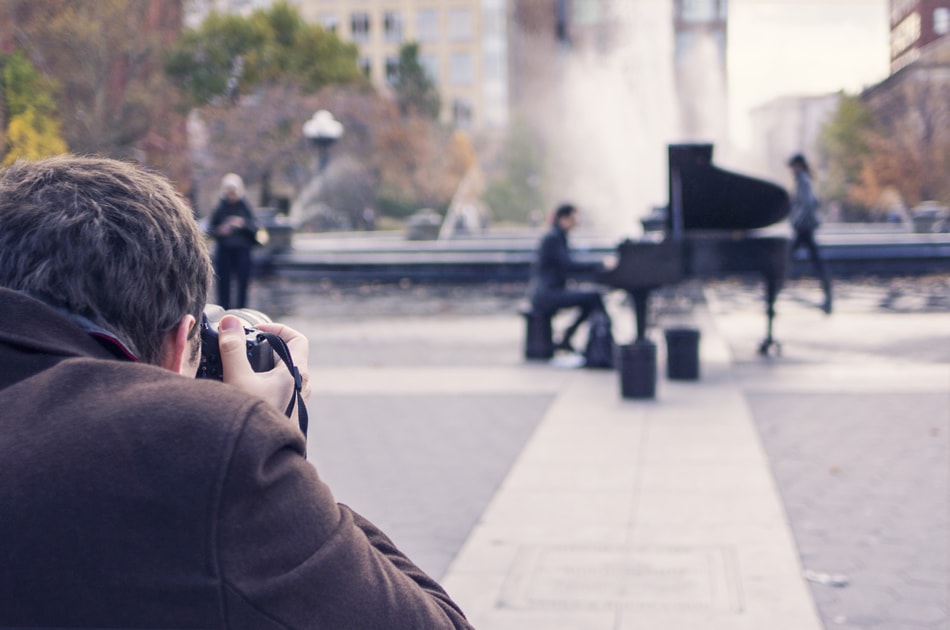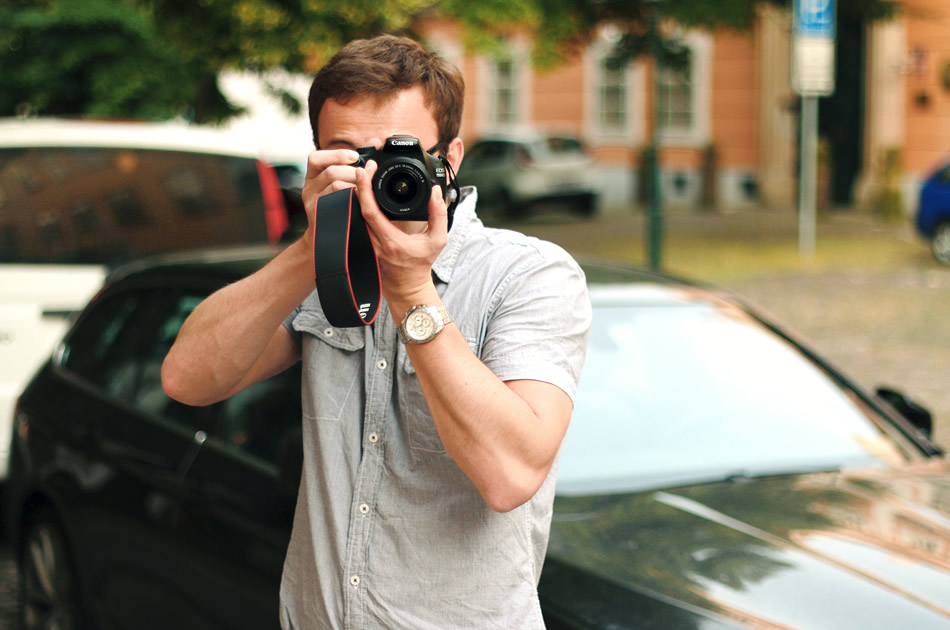Street Photography: How to Shoot Without Invading Someone’s Privacy
A few weeks ago, a photographer was snapped while allegedly taking a photo of children swimming in a public pool in North Dakota. The photo was posted online and became viral.
Eventually, police questioned the photographer and his camera was thoroughly examined, including deleted photos. Although authorities didn’t find anything illegal, he was banned from public pools for three months because of creepy, suspicious behavior.

A few days before this, a similar incident took place in a Fargo, North Dakota McDonald’s restaurant. The photographer took pictures of kids and was subjected to online ridicule before he was banned from all public schools in the city.
These two incidents are examples of how invasion of privacy laws vary from city-to-city or from state-to-state. This is also an indication of the importance of following privacy laws, no matter what city, state or country you are in. Professional photographers who have been in the business for a long time know this; so they try their best to follow every rule or law every time they do street photography.
Street photography and the invasion of privacy
Most photographers who are caught or are alleged to have violated privacy laws are the ones doing street photography. This is because street photography involves a lot of candid shots of people doing their usual daily routine. It is about documenting life and the society in general. So, everything should be as candid and natural as possible. Clearly, though, there are some people and groups (a significant number at that!) who see street photography as a violation of privacy.
This is the reason why something as candid as street photography is illegal in certain parts of the world. In the United States, however, the laws depend on which state you are in. This is not to say, though, that you can take photos of anyone, anywhere, at any time without asking for their consent. A professional photographer should always know his or her limits.

How to take photos without invading privacy
When taking photographs in a public place or in a private property (like a store or mall), it is important to remember several things.
- If you intend to take photos of people or objects inside a store, theatre, mall, or similar venues; take time to ask permission from the owner of the place. If they give you permission, be professional and follow the rules they set. If you violate or refuse to stand by the owner’s rules, you can be sued for trespassing or invasion of privacy. You’ll be lucky if all they do is ask you to leave the place! Take note, though, that they (the management, security personnel, etc.) don’t have the right to confiscate your camera and equipment or delete the images inside it.
- If you go inside public places like museums, libraries, art galleries, and government buildings, you need to ask permission from the institution or building’s management. These places often have guidelines for photographers.
- Taking pictures of children playing in the playground is legal. However, some may interpret your actions the wrong way, especially if your behavior or movements are creepy like that of the Fargo public pool photographer. So, if you’re a wise professional photographer, the best thing to do is ask permission from the kids’ parents. Be sure to let them know what the photos are for. If possible, give them your contact information or business card. Show them proof that you’re not doing anything illegal.
- In national parks, commercial photography needs a permit. So, if you’re thinking of bringing a whole team of models, stylists, and makeup artists along with your equipment, you will need to coordinate with the park authorities to secure a permit. Solo photographers, however, only need to follow park rules. Take note, though, that there are some parks that do not allow the use of tripods anywhere in their area. Basically, in local and state parks, amateur photography is allowed, but commercial photography is under strict regulations.
- Photographing in transit systems is legal, but only if it is non-commercial and does not interfere with system operations. And as long as it does not distract or disturb other passengers. Tripods, lights, and reflectors are not allowed, though. In airports, it is important to follow rules and regulations, especially when it comes to security and immigration areas. It is all right to take photos in areas that are open to the general public. Of course, laws vary from one state to the other. So, before you go out and shoot, try to study the laws in the city or state you are in.
- If you need to take a photo of someone who is in full public view, you do not need to obtain someone’s permission. But, if they are in an area where there is some form of privacy (like a cubicle or tent on a beach), taking photos is a big no-no. Thus, you can take a photo of someone crossing a busy intersection, but you cannot take a photo of that someone inside his or her bedroom, especially if you use telephoto lens (bubble balloon: paparazzi). It is important to educate yourself about voyeurism laws.
- Remember that you can also break the law by violating other rules. The best example would be trespassing. Another example would be obstructing peace or interfering with responsibilities (especially when you take photos of policemen doing their jobs).
- Lastly, it is important to keep in mind that the laws differ from state-to-state. California has its own privacy laws. New York has a different set. To find out more about privacy laws and the photographers’ rights, check out this guide.
When you find yourself unsure about something, the best thing to do is learn more about it. This is true for photographers who value their work. Know the laws regarding privacy and voyeurism before you set out on a creative expedition in the streets or wherever you may be.
Creativity, after all, has no limits. So even if you’re limited because of some regulations, you can still be as creative as you can and come out with photos that tell beautiful, touching and inspiring stories.
